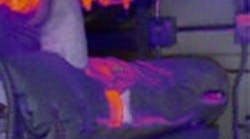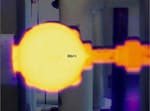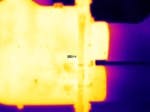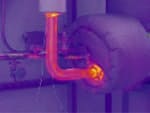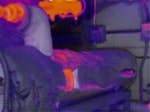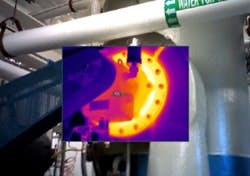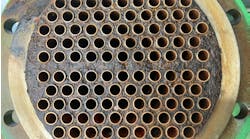Equipment Maintenance: Thermal Imaging Changes the Picture
May 7, 2009
Another Article on Thermal Imaging You May Like:
As a contract manufacturer of pharmaceuticals, CMC icos Biologics, Inc., Bothwell, Wash., must comply with current Good Manufacturing Practice established by the U.S. Food and Drug Administration. As the company’s manager of engineering operations, I use a variety of monitoring strategies to keep us in compliance. Most recently, I have added thermal imaging to the mix, for semi-annual preventive maintenance inspections and troubleshooting equipment issues and process problems. Until 2008 an outside contractor performed all our thermal scans, which provided baselines for subsequent monitoring of critical equipment. That year we brought thermography in house. We acquired a Fluke Ti10 Thermal Imager. This instrument produces infrared (IR) images that reveal the surface temperature of objects and links each image to a regular (full visible light) image. Figure 1. Alarm mode image:
Combining regular and thermal
images pinpoints motor areas
of concern.
Figure 2. Steam trap operation:
is operating correctly but trap
Scanning shows trap on left
on right has failed.
Figure 3. Coping with stainless steel: Using a lattice
of tape on a stainless steel tank enables inspection
of its insulation.
Fig.4. Heat Exchanger Insights
The heat exchanger on the left
has good insulation while the
one on the right suffers from
insulation problems
Figure 5. Well-operating compressor: This image will
serve as the baseline for semi-annual scans of an
expensive belt-driven turbine compressor
Latest from Reliability & Maintenance
Latest from Reliability & Maintenance
